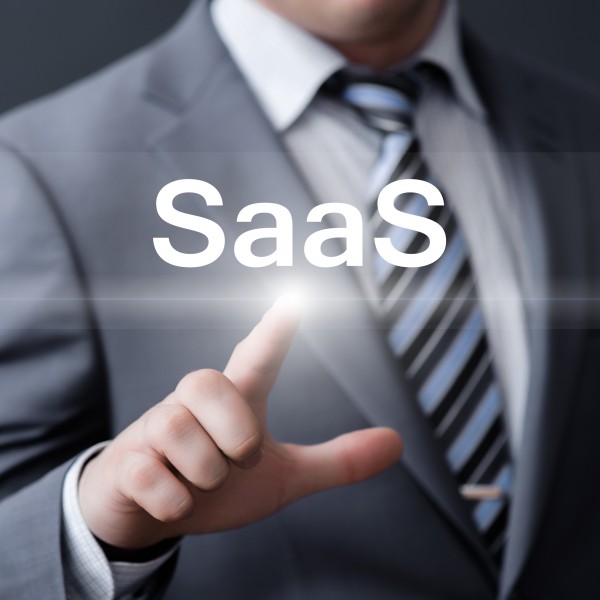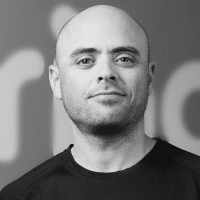5 generations of SaaS: How the value proposition has changed, and why

SaaS, especially B2B SaaS, has 5 generations (so far) that don’t only show the growth of technology but also the changes in the market. I call them generations because they are not only built one on top of the other, but also co-exist simultaneously, each continuing to bring value as new generations come after them.
With each consecutive generation, SaaS has moved from full "hands free" automation towards greater customization and flexibility for the customer. Why has the value proposition changed? And what does it say about the market for SaaS today?
The 5 generations of SaaS
"At this point, cloud adoption is mainstream". Sid Nag, Gartner
SaaS adoption, like the adoption of any other product, happens when there’s a driving need in the market. The changes in needs, in turn, drive technological innovations that strive to meet these needs.
Let’s look at how the value proposition has morphed over five generations of SaaS:
(Side note: you might go farther back in time and talk about on-premise technology and the generations that came in there, but I don’t see the value today to head back that much, let's sum it up as "we had to go through it, it was painful, so happy we moved on".)
1st generation -- The Cloud
The first SaaS software was very much 'take it as is' -- the innovation was the cloud: The software could be accessed from anywhere and eliminated the need for servers and on-premise software installations. Uptime, security, performance -- all of these were no longer the enterprise’s problem; someone else took care of that.
The cloud services market continues to grow, expecting to hit $266B in revenue this year. But for some time, expectations have changed. Companies realized that the 'hands-free' software didn’t always match their operational logic. This led to:
2nd generation -- Configurations
Taking software as it is wasn't good enough anymore, so providers started adding configurations and adaptations. Companies were still dependent on what the SaaS provider gave them, but in some cases it was enough to take existing processes and adapt the SaaS solution to most of what you needed.
In logistics and supply chain management, for example, there are a host of systems for managing different processes -- from warehouse management, to transportation management, load planning, dispatching and route planning... SaaS technology has made these solutions more affordable to a greater number of companies, especially those without the internal capabilities to integrate an on-site solution. However, this 2nd gen SaaS still cannot take disparate systems into consideration. This can lead to data silos, inefficiencies and other risks to the enterprise. And while configurability meant the SaaS isn’t entirely 'neutral', it still isn’t entirely allied with the specific needs of the enterprise.
3rd generation -- Open API.
The more sophisticated and advanced services offered APIs which, if implemented correctly, allowed you to customize the flow, connect external systems, and create a full mesh of services for your enterprise that did, as a whole, what you wanted it to do.
This adds an automated level of customization. For example, when an enterprise creates an API for creating orders, it’s enough to create it once, and then every order created on the enterprise is automatically created in the SaaS platform. These API calls can connect between different systems automatically.
4th generation -- Programmable services
In many cases, enterprises are limited in connectivity, high scale servers and other internal resources or existing technologies -- so the open API solution was good enough. However, loading actual CODE into a SaaS solution allows you to code the behavior of the service you are receiving to whatever you want it to be (within limits obviously) -- and still use the rest of the service as is, as well as uptime, performance and security out of the box.
In the logistics world, typical SaaS logistics solutions are not optimally tuned to meet a specific enterprise’s requirements. The alternative -- fully customized development -- is slow, expensive to build and difficult to maintain. The 'if-then' of programmable logistics allows the enterprises to configure flows, develop applications and customize logic.
For example, my company Bringg’s mobile driver application has a programmable 'flow' of tasks which can be programmed to optimally suit diverse companies and industries -- from enterprise logistics providers, to field service providers, crowdsourced food delivery and more. Deciding which data is collected, and where it is stored, is entirely up to the enterprise, which can configure the flow according to their business logic and operational needs.
5th generation -- #nocode
The newest generation of SaaS software allows you to "code" the behavior, just like a 4th generation, but without using code. The added value here is obvious: Sophisticated UI, flow building and logic built into the service to allow you to program it fit your specific requirements, without the need for IT resources, internal or external.
IT resources are often expensive and difficult to obtain within an organization. Not being reliant on IT resources frees up companies to lower their expenses and leads to faster turnover than they would have had with earlier generations of SaaS. Moreover, in an age of remote working, this level of autonomy, flexibility and customization will soon become a necessity and will greatly aid in driving both the creation and adoption of codeless programmable software.
SaaS will continue to evolve with market needs. The newer generations of SaaS open up these technologies to companies without large IT resources and let companies custom-fit SaaS software to their operational and business needs.
Photo credit: Alexander Supertramp / Shutterstock

Lior Sion is CTO and Founder of Bringg. Previously CTO of GetTaxi and Clarizen, he is a serial entrepreneur with years of experience and know-how in disrupting the delivery industry. He is a leader and a hacker at heart who has been enthusiastically active in the open source community and the local startup community for years, contributing, mentoring and helping others with his technical and product experience.
